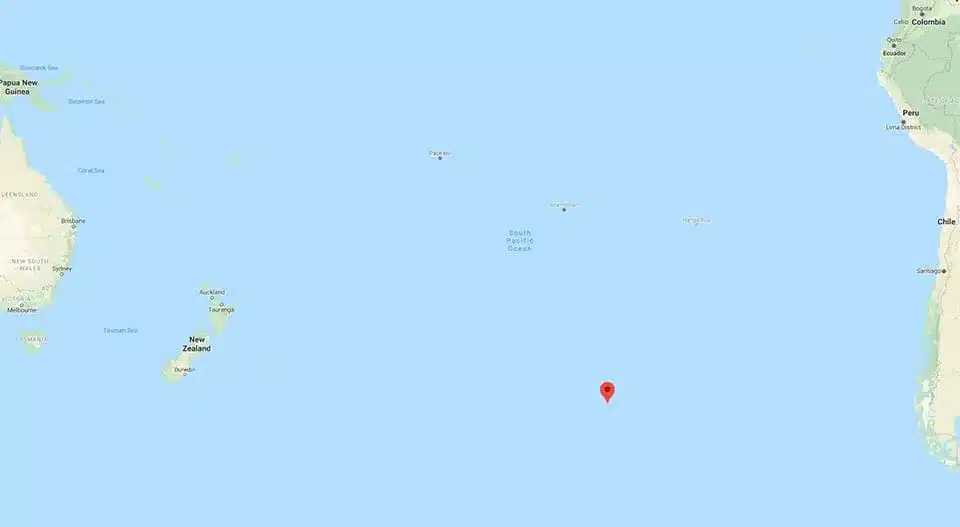In the era of expanding space exploration and satellite launches, the accumulation of space debris has emerged as an enormous challenge. Earth’s orbit is filled with about 40,000 man-made objects, ranging from small fragments to large structures such as the International Space Station (ISS).
This congestion in space presents a real danger: the increased possibility of collisions. These potential accidents pose a risk not only in terms of direct damage, but also from a domino effect, where one collision leads to another, rapidly multiplying the debris and endangering future space missions. Stijn Lemmens, a space debris analyst at the European Space Agency, stresses that allowing inactive spacecraft to orbit indefinitely is not a viable solution. The growing debris field could make the orbital environment too dangerous for operational spacecraft.
Point Nemo: The ultimate spaceship graveyard
Point Nemo, an inaccessible oceanic pole located in the Pacific Ocean, became an unlikely solution to this problem. This place is the most remote place on earth, being the “loneliest place on earth”. Since the 1970s, nearly 300 decommissioned spacecraft, including satellites and space stations, have been directed to this remote location to control ocean landings. Point Nemo’s extensive isolation provides a safe zone for spacecraft reentry, reducing risks to human life and shipping lanes.
NASA’s recent announcement of the International Space Station’s retirement by 2031 and its planned descent into the depths of Point Nemo highlights the importance of this site. The International Space Station, a massive structure measuring 108 meters long and weighing more than 420,000 kilograms, is one of the largest objects that will be targeted in this satellite graveyard. The process of lowering such large structures is complex and requires careful planning to ensure that remaining fuel is consumed and the re-entry path is accurately directed towards Point Nemo.
Environmental considerations and future prospects
The use of Point Nemo as a satellite graveyard raises environmental concerns, especially regarding its impact on marine life. Research indicates that the area around Point Nemo suffers from weak ocean currents and limited nutrient flow, resulting in low biomass and biodiversity. This makes it unlikely that the sinking of the spacecraft would significantly disrupt marine ecosystems. However, it is not the perfect solution. Recent studies have found aluminum particles in the atmosphere, likely from spacecraft disintegration, suggesting that contamination begins even before the debris reaches Point Nemo.
The situation requires renewed focus on the safety and environmental impacts of returning objects to Earth. As efforts to maintain a clean space environment intensify, it is equally important to ensure that these practices do not inadvertently harm Earth’s ecosystems. The space industry’s use of Point Nemo is a temporary solution to a growing problem, highlighting the need for innovative and sustainable solutions in space debris management.

“Coffee trailblazer. Social media ninja. Unapologetic web guru. Friendly music fan. Alcohol fanatic.”


